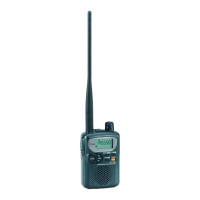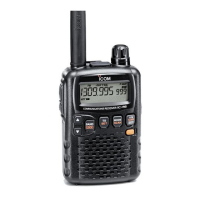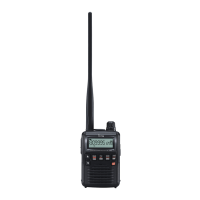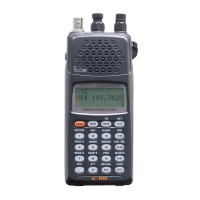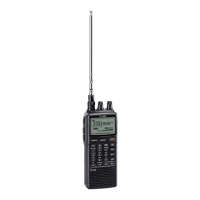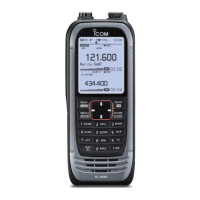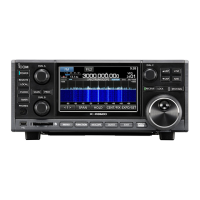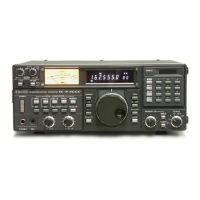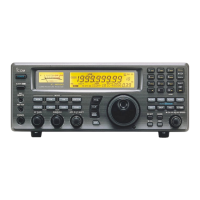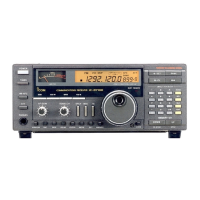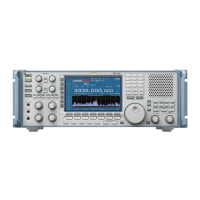What to do if no sound comes from the Icom Receiver speaker?
- GGina SimpsonJul 30, 2025
If you can't hear any sound from the speaker, first, ensure the volume isn't too low by pushing the [VOLY] button to increase it to a suitable level. Also, if tone squelch is activated, a different tone might be selected. Check the tone using the tone scan feature.
